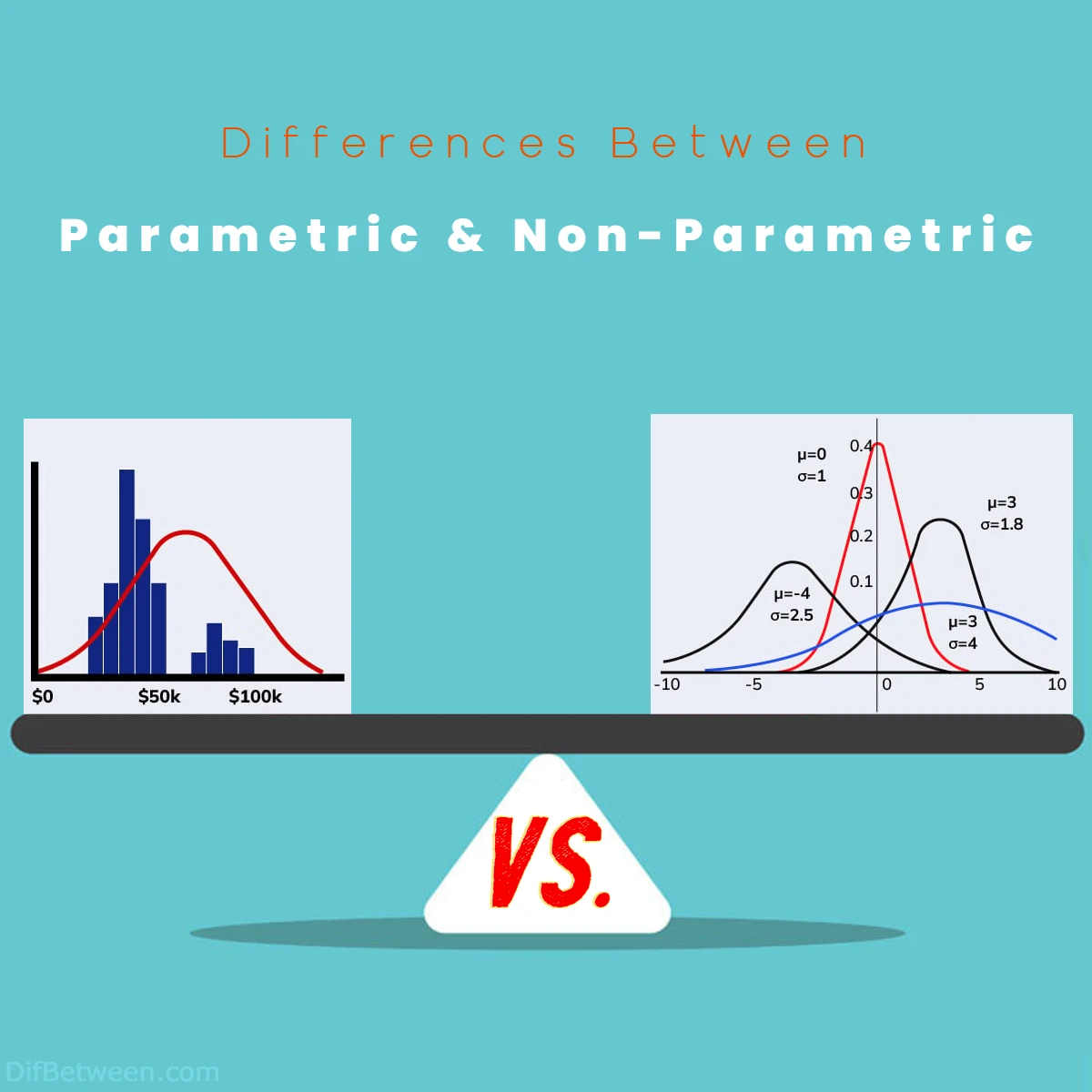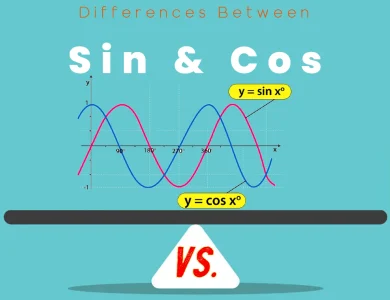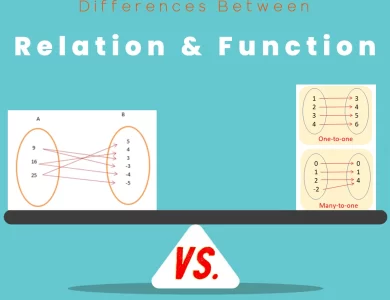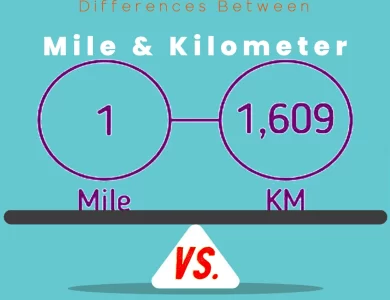
| Aspect | Parametric Methods | Non-Parametric Methods |
|---|---|---|
| Assumption about Data Distribution | Assume a specific distribution (e.g., normal distribution). | Do not assume any particular distribution; distribution-agnostic. |
| Sample Size Dependency | Often require larger sample sizes for accurate results. | Can work with smaller sample sizes effectively. |
| Data Quality Sensitivity | Sensitive to outliers and data discrepancies that can impact results. | More robust against outliers and data anomalies. |
| Efficiency | Efficient when data follows the assumed distribution. | Generally less efficient but more versatile across diverse data types. |
| Parameter Interpretation | Assumed distribution parameters have real-world meanings. | Results might lack intuitive parameter-level meanings. |
| Hypothesis Testing | Accurate for hypothesis testing when assumptions hold true. | Can perform hypothesis tests even when assumptions about distribution are violated. |
| Small Sample Performance | Less reliable with small sample sizes. | Reliable with small sample sizes, making them useful in data-scarce scenarios. |
| Power | Generally have higher statistical power under assumptions. | Might have reduced power in certain scenarios but remain robust. |
| Distribution Shape Flexibility | Rigid, as they require data to follow the assumed distribution shape. | Flexible, as they don’t require adherence to any specific distribution shape. |
| Use Cases | Well-suited for situations where data conforms to assumed distribution. | Preferred when distribution is unknown, assumptions are questionable, or sample sizes are small. |
In this engaging exploration, we’ll delve into the heart of these methods, demystifying their essence and shedding light on when to employ each. So, buckle up as we embark on this enlightening ride!
Differences Between Parametric and Non Parametric
The main differences between parametric and non-parametric methods lie in their approach to data distribution assumptions. Parametric methods assume a specific distribution, such as the normal distribution, and make inferences based on its parameters. On the other hand, non-parametric methods do not rely on distribution assumptions and focus on ranking or order statistics. While parametric methods excel when data adheres to the assumed distribution, non-parametric methods offer flexibility for scenarios where distribution characteristics are uncertain or assumptions are questionable. The choice between these methods depends on data characteristics and the level of robustness and flexibility required for accurate statistical analysis.
Defining the Basics
Parametric Methods
Picture a world where data follows a specific distribution, often the familiar bell-shaped curve known as the normal distribution. In this realm, Parametric methods find their home. These methods assume a particular distribution for the data and make inferences based on its parameters (mean, variance, etc.).
Non-Parametric Methods
Now, shift your focus to a realm where data distribution remains a mystery, a distribution-agnostic approach. Here, Non-Parametric methods come into play. These methods cast aside assumptions about data distribution and instead focus on ranking and order statistics.
The Essence of Differences
Parametric Precision vs. Non-Parametric Flexibility
Parametric methods are like a well-tailored suit, hugging the data distribution they assume. They offer precision when data follows the assumed distribution. However, step outside that distribution, and these methods might stumble. On the other hand, non-parametric methods are the chameleons of statistics. They adapt to various data types, making minimal assumptions. They’re your go-to when distribution details are hazy.
Sample Size Matters: Parametric’s Crutch
Parametric methods often lean on large sample sizes to ensure the validity of their assumptions. With fewer data points, they might falter, yielding inaccurate results. Non-parametric methods, though, exhibit a more robust nature. They can handle smaller sample sizes without demanding specific distribution patterns.
A Peek into Advantages
Advantages of Parametric Methods
| Advantages | Explanation |
|---|---|
| Efficient Estimations | Parametric methods, armed with assumptions, can yield precise estimates with relatively smaller datasets. |
| Hypothesis Testing | When data follows assumed distributions, parametric methods can perform hypothesis tests with great accuracy. |
| Parameter Interpretation | Assumed distribution parameters bear real-world meanings, enhancing the interpretability of results. |
Advantages of Non-Parametric Methods
| Advantages | Explanation |
|---|---|
| Distribution Agnostic | Non-parametric methods free you from the chains of assuming data distribution, making them versatile across diverse data types. |
| Robustness | These methods remain reliable even when assumptions about normality or other distributions are violated. |
| Small Sample Performance | Non-parametric methods require fewer data points to work effectively, making them a savior in data-scarce scenarios. |
Embracing the Limitations
Limitations of Parametric Methods
Parametric methods aren’t without their Achilles’ heels. Let’s explore:
- Assumption Vulnerability: These methods crumble if data deviates from the assumed distribution.
- Data Quality Sensitivity: Outliers or data discrepancies can significantly impact results.
- Sample Size Dependency: Smaller sample sizes might lead to unreliable outcomes.
Limitations of Non-Parametric Methods
Non-parametric methods, too, have their own set of constraints:
- Lower Efficiency: With abundant data and known distribution, parametric methods could outshine non-parametric ones.
- Reduced Interpretability: Results might lack the intuitive parameter-level meanings that parametric methods provide.
- Loss of Power: Non-parametric methods might have reduced statistical power in certain scenarios.
Case Studies: Parametric and Non-Parametric in Action
Let’s dive deeper into real-world scenarios where the choice between parametric and non-parametric methods can make all the difference.
Scenario 1: Examining Test Scores
Imagine you’re an education researcher investigating the impact of a new teaching method on student test scores. You collect scores from a small sample of students and aim to compare the means of the two groups: the control group (traditional teaching) and the experimental group (new teaching method).
Parametric Approach: If you can reasonably assume that the test scores follow a normal distribution and your sample sizes are decently large, a parametric method like the t-test could be your weapon of choice. It will provide you with efficient estimates and a p-value for hypothesis testing.
Non-Parametric Approach: However, if you’re unsure about the distribution of test scores or your sample sizes are small, a non-parametric counterpart like the Wilcoxon rank-sum test might be more appropriate. This method doesn’t require distribution assumptions and can handle smaller samples effectively.
Scenario 2: Customer Satisfaction Ratings
Suppose you’re a customer experience analyst exploring customer satisfaction ratings for a new product across different demographics. Your goal is to assess whether satisfaction ratings differ significantly among age groups.
Parametric Approach: If you have reason to believe that the satisfaction ratings follow a normal distribution and you have a substantial amount of data for each age group, a parametric analysis such as ANOVA (Analysis of Variance) could reveal meaningful insights.
Non-Parametric Approach: On the other hand, if the distribution of satisfaction ratings is uncertain or if sample sizes within age groups vary widely, employing a non-parametric alternative like the Kruskal-Wallis test would ensure robustness against distribution assumptions and data imbalances.
Parametric and Non-Parametric: A Harmonious Union
Contrary to popular belief, parametric and non-parametric methods don’t reside in separate statistical dimensions; they can complement each other splendidly. In some cases, researchers choose to perform both parametric and non-parametric analyses and compare the results. This dual approach can provide a more comprehensive understanding of the data, especially when dealing with small samples or ambiguous distribution patterns.
Statistical Tools of Tomorrow
As technology advances, the distinction between parametric and non-parametric methods might blur, thanks to sophisticated algorithms and computational power. Hybrid approaches that incorporate elements of both methodologies are emerging, offering the best of both worlds. These techniques leverage data-driven insights to make decisions about whether to assume a distribution or take a distribution-free route, optimizing analysis outcomes.
Parametric or Non Parametric: When to Choose Which?
Choosing Parametric Methods
Parametric methods thrive when:
- Data follows the assumed distribution.
- Sample size is substantial.
- Accurate parameter interpretation is crucial.
Choosing Non-Parametric Methods
Non-parametric methods shine when:
- Data distribution is unknown or complex.
- Assumptions about data are questionable.
- Small sample sizes are in play.
- Robustness against outliers is essential.
In a Nutshell
Parametric and Non-Parametric methods stand as two distinct pillars of statistical analysis. While parametric methods don their precision, rooted in assumptions, non-parametric methods embrace the flexibility of distribution-agnosticism. Both bear unique strengths and weaknesses, making them invaluable tools in the hands of skilled analysts. The choice between them hinges on the nature of your data, the size of your sample, and the level of robustness your analysis demands.
So, whether you’re venturing into the world of statistical analysis for the first time or navigating its intricacies as a seasoned explorer, remember this: understanding these differences can guide you towards more informed decisions, ensuring that your analytical compass points true in every statistical expedition you undertake.
FAQs
Parametric methods assume a specific data distribution (e.g., normal distribution) and make inferences based on distribution parameters. Non-parametric methods do not assume any specific distribution and focus on ranking or order statistics.
Parametric methods are suitable when your data follows the assumed distribution, and you have a substantial sample size. They excel in scenarios where accurate parameter interpretation and efficient estimations are essential.
Non-parametric methods shine when you’re uncertain about your data’s distribution, have small sample sizes, or need robustness against outliers. They offer flexibility in cases where assumptions about data are questionable.
If your data deviates from the assumed distribution, parametric methods might yield inaccurate results. This emphasizes the importance of assessing distribution assumptions before using these methods.
Yes, non-parametric methods are generally less efficient, especially when data adheres to the assumed distribution of parametric methods. However, their versatility and ability to handle diverse data types compensate for this.
Yes, non-parametric methods are well-suited for situations with small sample sizes. They remain reliable and robust even when dealing with limited data points.
Non-parametric methods tend to be more robust against outliers compared to parametric methods. They focus on rank-based statistics, which are less affected by extreme values.
Yes, some researchers choose to perform both types of analyses and compare the results. This dual approach can provide a comprehensive understanding of the data, especially when dealing with uncertainty in assumptions.
Parametric methods are accurate for hypothesis testing when data adheres to assumed distributions. Non-parametric methods can perform hypothesis tests even when assumptions about distribution shape are violated.
Yes, emerging hybrid approaches leverage elements of both parametric and non-parametric methods, offering a balance between precision and flexibility. These techniques utilize computational power and advanced algorithms to optimize analysis outcomes.
The choice between parametric and non-parametric methods depends on your data’s characteristics, research goals, and the assumptions you’re willing to make. Evaluate the nature of your data and select the method that aligns with your analysis objectives.
To stay updated, consider consulting statistical textbooks, academic journals, and online resources. Engaging with statistical communities and attending workshops or seminars can also provide valuable insights into the evolving landscape of parametric and non-parametric methods.
Read More:
Contents






